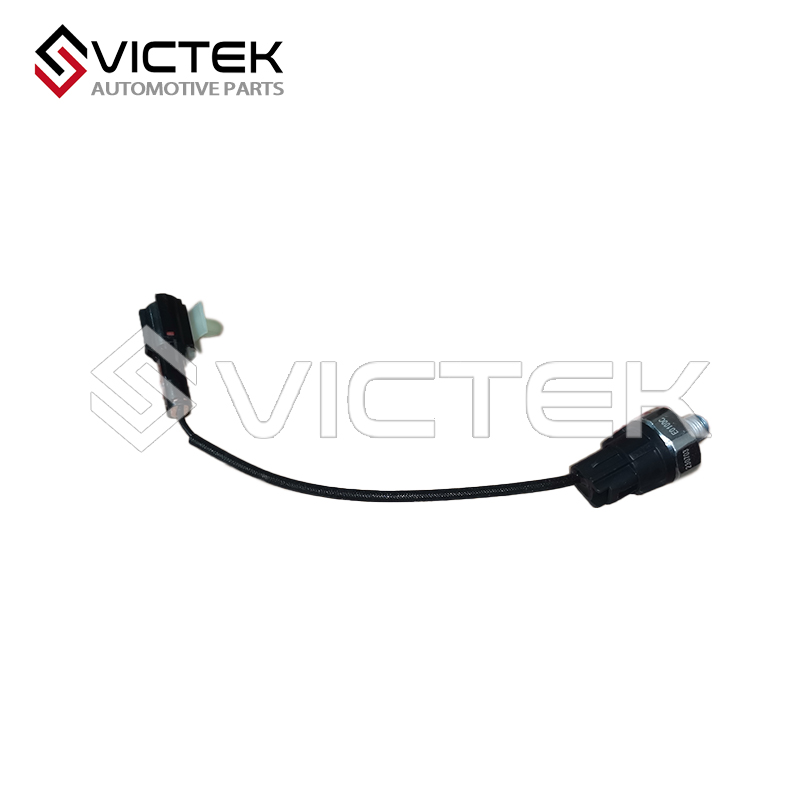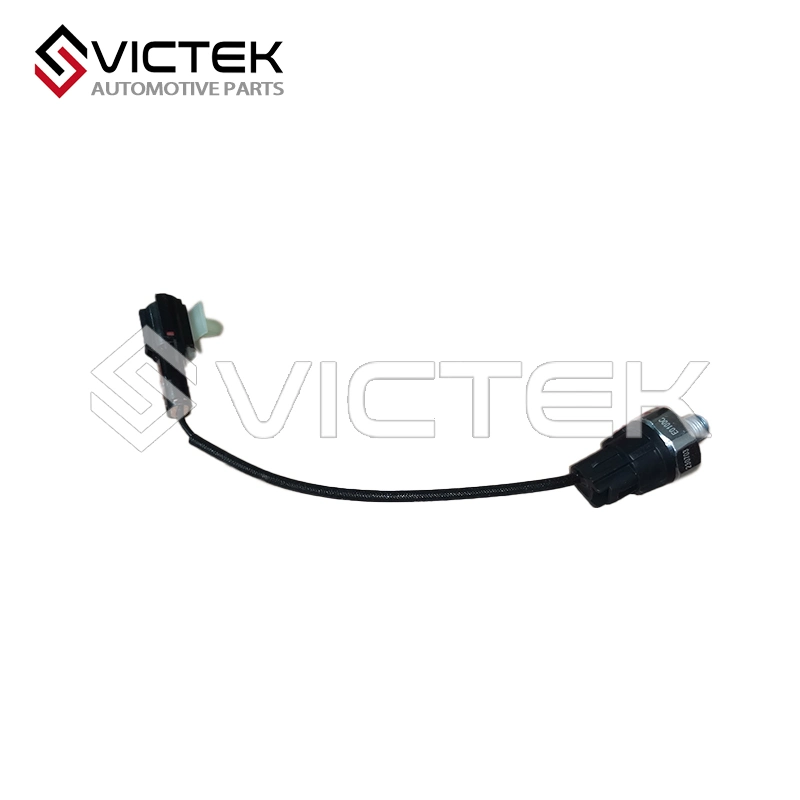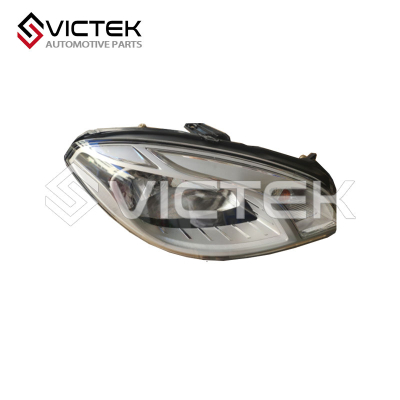Oil Pressure Alarm Product Introduction
Let’s talk about the Oil Pressure Alarm 3611600E0100C—it’s a
super important safety monitor for the lubrication system in the Dongfeng Dignity IX5. It mostly fits 2019–2023 models, and works with both the 1.5T turbocharged engine (the DK15C one) and the 2.0L naturally aspirated engine (the DFMB20). Its main job? Keep an eye on the engine’s oil pressure in real time. If that pressure drops too low (which is bad news), it’ll trigger an alarm
right away—this stops major damage to
engine parts like
crankshaft bearings, camshafts, or
piston rings, all of which can get wrecked if there’s not enough lubrication.
Here’s a closer look at what this part does and how it fits your car:
Engine oil pressure is basically the “lifeblood” of the lubrication system—it makes sure oil gets pumped to all the moving parts (like the tiny gaps in bearings or the valve train) to form an oil film. That film cuts down on friction and heat, so the engine doesn’t wear out fast. This 3611600E0100C part works like a “pressure watchdog”—here’s how it breaks down:
Monitoring: It checks the oil pressure in the engine’s main oil gallery. Think of that gallery as the main pipe that distributes oil to every other part of the engine.
Triggering Alarms: If the pressure dips below a safe level—say, ≤0.8 bar when the engine’s just idling, or ≤2.0 bar when it’s running at high speed—it sends a fault signal to two places: the car’s Instrument Cluster (that’s the dashboard with all the gauges) and the Engine Control Unit (ECU, which is like the engine’s brain).
Safety Backup: The ECU might even step in to limit engine power a little—this is called “limp home mode.” It’s to stop the engine from working too hard when there’s not enough lubrication, which could make things way worse.
![3611600E0100C 3611600E0100C]()
This oil pressure alarm works by turning pressure into electrical signals, and it responds super quickly—so it never lags when protecting your engine. Here’s the step-by-step breakdown:
First, its brass case screws right into the engine’s main oil passage (the pipe that feeds oil to all the engine’s parts). When you start the engine, oil flows into the alarm’s inner chamber and pushes against a tiny piezoresistive silicon chip—this chip is the “sensor brain” here.
That silicon chip’s resistance changes based on how much pressure the oil is putting on it—more pressure means a bigger resistance shift (or smaller, depending on the design). Then, the alarm’s internal circuit board takes that resistance change and turns it into an analog voltage signal—usually between 0.5V and 4.5V. For example, it might put out 0.5V when pressure drops to ≤0.5 bar, and jump up to 4.5V when pressure hits ≥3.0 bar.
The alarm has a wire connector that sends that voltage signal to the ECU (the engine’s control unit, basically its brain) through a 2-wire
cable—one wire for power, the other just for the signal. The whole process takes ≤100ms, so the signal gets there fast enough to trigger the alarm before any damage happens.
If the signal says pressure is too low—like, ≤1.0V when the engine’s idling—the ECU tells the dashboard to turn on that red oil pressure warning light (you know, the one that looks like a little oil can). If the car has a buzzer, it’ll sound that too to get your attention.
If the pressure stays low for 5 seconds or more, the ECU will cap the engine’s speed at 2000rpm max—that’s called “limp home mode.” It’s to slow the engine down so parts don’t rub together too hard (and get ruined) without enough oil.
These numbers tell you how well the alarm works and how tough it is in different conditions:
Pressure Detection Range: 0 to 5.0 bar. That’s perfect because it covers the full oil pressure range of the IX5’s 1.5T and 2.0L engines—when the engine’s idling, pressure is usually 0.8–1.2 bar, and when it’s going fast, it’s 2.5–3.0 bar.
Working Voltage: 9V to 16V. It fits the car’s 12V electrical system, and it doesn’t care if the voltage dips a bit when you start the car or spikes a little from the generator—still works fine.
Operating Temperature: -40℃ to 125℃. So it handles freezing winter cold (no freezing up) and the hot, stuffy air in the engine bay during summer (no overheating).
Response Time: ≤100ms. That’s the time from when pressure drops to when the alarm sends a signal—and it’s way faster than the time it takes for parts without enough oil to start wearing out.
Service Life: It can run nonstop for at least 5000 hours. That’s roughly 200,000km of driving, so it’ll last about as long as the engine itself.
Protection Grade: IP6K9K. This means it’s totally dustproof—no dust gets inside to mess it up. It also handles high-pressure, hot water sprays, so you don’t have to worry about it breaking if you wash the engine or coolant splashes on it.
![3611600E0100C 3611600E0100C]()
summary
In summary, the Oil Pressure Alarm 3611600E0100C is a "last line of defense" for the Dongfeng Dignity IX5’s engine. Regular inspection and use of original parts are critical to ensuring it functions reliably, avoiding costly engine repairs caused by lubrication failures.
![3611600E0100C 3611600E0100C]()
Contact us
![3611600E0100C 3611600E0100C]()































